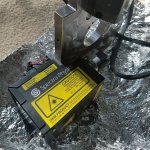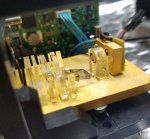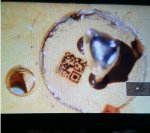- Joined
- Sep 12, 2007
- Messages
- 9,399
- Points
- 113
I seriously doubt the cornea fluoresces,
I don't know about the cornea, but the lens certainly does. While looking in the mirror, or enlisting the help of a friend, point a black light at your face. (365nm, none of that 395nm rubbish). You'll see this.
It doesn't cause color change in a laser dot, but it does cause a "haze" around violet/UV sources.
I wonder how many of the people tested got eye damage from UV?
The levels of harm and risk from everything depends on the dose. Ingesting 200 attograms of arsenic is harmless, while ingesting 200 grams of table salt is lethal.






